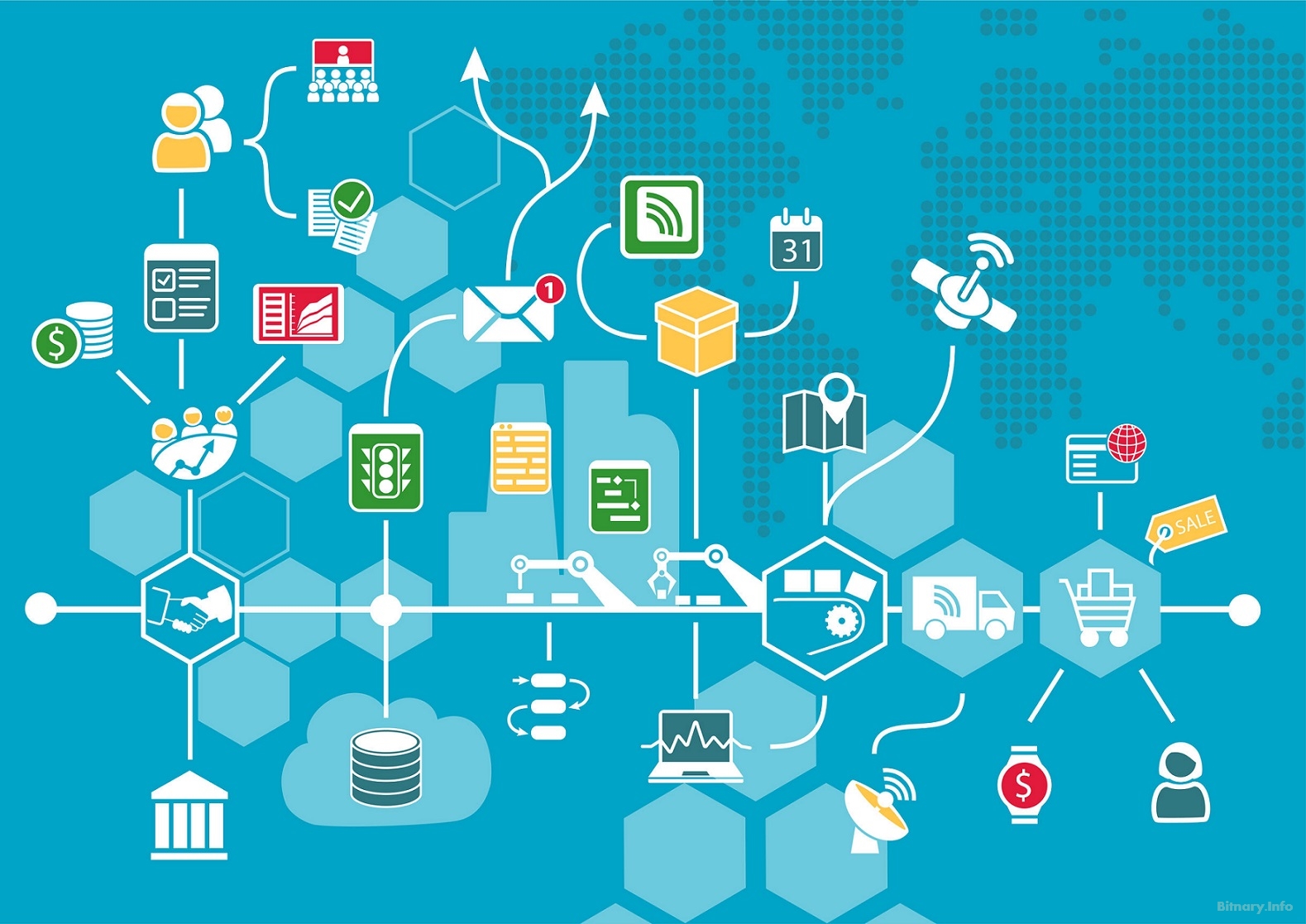04.23.2024
Why You Should Take Power BI Classes

Posted by Marbenz Antonio on November 14, 2022

Today, digital transformation is talked to as “necessary” for business success, but how well are businesses responding to this?
The final decision-makers in a digital transformation are the customers. Either organization assists people in using technology to address issues, or they don’t. Businesses that focus more on their customers and end users than on themselves are those that successfully implement digital transformation.
Businesses typically make assumptions about what customers want when the perspective is tilted inward, which results in “solutions” that fall short of the mark.
The “bright, shiny object mentality,” in which businesses emphasize technology over the interests of their customers, is another reason why digital transformation should not begin there.
It involves more than just investing in and installing new technology, though doing so frequently enhances some aspects of the business. The customer experience must be better and a real problem must be solved by that technology.
They’ve heard a few definitions of digital transformation from technology leaders:
To be clear, digital transformation does not involve converting paper documents to electronic format. Customers must be considered in the equation, regardless of your definition.
Since digital transformation is a real challenge, it can be tempting to give up on the change midway through. This is the difficulty for many organizations: committing to see the change through to completion. Organizations run the danger of obtaining only a portion of the benefits they anticipate and ending up with a few isolated areas of excellence if they lack leadership backing, resources, and the discipline to carry out the digital transformation goal.
Anything that makes a technological product or service difficult or challenging to use—too many steps, lag time, or a process that doesn’t make sense—is friction in a digital experience.
Friction can be the result of having to sign into several systems or having difficulty managing any aspect of the end-to-end experience when integrating different digital solutions.
For example, one of the customers got the technology to solve immediate issues but ended up having four different systems for staff to book travel, which made it difficult and time-consuming for users. The ability to tackle and prevent these issues in the first place can be achieved by taking a more strategic approach to technology and the whole digital ecosystem. Additionally, the discipline of service management can assist us in determining the issues we are attempting to resolve for our clients and end users as well as how to involve others in the process.
How can businesses assure that everyone is truly embracing their digital transformation initiatives?
People want to be a part of something worthwhile, therefore it’s important to explain the “why” behind a digital transformation as well as the “what” in order to increase engagement.
OCM, or Organizational Change Management, is important for helping people in accepting change. This human component is emphasized in ITIL 4, which also introduces OCM ideas in a way that may be new to IT professionals. OCM is a crucial component of any transformation and should be integrated into a change initiative all the way through, not just at the conclusion.
In order to enable any digital transformation, soft skills—not simply strong technical skills—such as having a customer-focused mentality, customer service and relationship management skills, critical thinking and problem-solving skills, and general curiosity—are important. These “soft skills,” also known as “power skills,” enable us to work more effectively as a team in the IT department, across our entire organization, and with the customers.
For those of us involved in a digital transformation, having a working knowledge of DevSecOps, ITIL 4, Agile, and Lean methodologies is also beneficial. As each framework brings with it different tools and techniques and helps us solve slightly different problems, having a blend of skills and knowledge is important. For instance, Lean helps us look for areas users can eliminate wasteful activities and streamline how users work, Agile helps us deliver high-quality products and services in collaboration with our customers, and ITIL 4 provides a foundation for operational excellence, supported by the capacity to effectively interact.
Here at CourseMonster, we know how hard it may be to find the right time and funds for training. We provide effective training programs that enable you to select the training option that best meets the demands of your company.
For more information, please get in touch with one of our course advisers today or contact us at training@coursemonster.com
